“After spitting and grunting and talking about warfare, prison, robbery and death, we felt man enough to get back to researching silk dresses.”
Full Court Press
The design press have been all over us this week…or more accurately all over Gordon Wu. We have no idea how he deals with all the intrusion and still manages to avoid being photographed. Perhaps being a figment of our imagination helps him with his camera-shyness?

Wu knows how he does it, but thanks to his LunchBook concept for a mobile dining vehicle, aberrant made its debut on Dezeen, an influential online design blog.
The LunchBook project also received a mention on ‘shedworking.co.uk’, an irreverent guide to ‘the lifestyles of shedworkers and those who work in shedlike atmospheres’, but the pinnacle of the news coverage has to be a prospective radio interview with ABC – the equivalent of the BBC in Australia.
Watch out for the LunchBook truck making a drive-by on the Neighbours set. Regular viewers might spot the familiar red and yellow livery of the Gordon Wu juggernaut pulling into Ramsay Street to serve Toady a kangaroo burger. We could redesign Lasseters while we’re out there.
But what shall we tell our Aussie listeners? It’s almost been a month since we moved into the V&A, so we must have plenty to speak about…?
We have thought about relaying our research into silk weaving.
Everyone knows about the Aussie fascination with shrimps and barbies and flamin’ galahs, but we’ve heard that they’re big fans of the textile industry in 18th century east London as well.
What’s more, it’s nice for readers of this blog to have one story lead effortless into the next. This stuff almost writes itself…
Weaving a silky thread through the annals of Spitalfields
Cast your minds back to a time before the white plimsolls and the artsy faux hawks moved into Spitalfields; before the Jack the Ripper tour groups clogged up the street corners on Commercial Street; before the Ripper himself haunted Hanbury Street, and even before the area became the slum that Charles Dickens described a little more eloquently in his books…now stop. Hopefully, your mind should be somewhere in the mid-18th century.
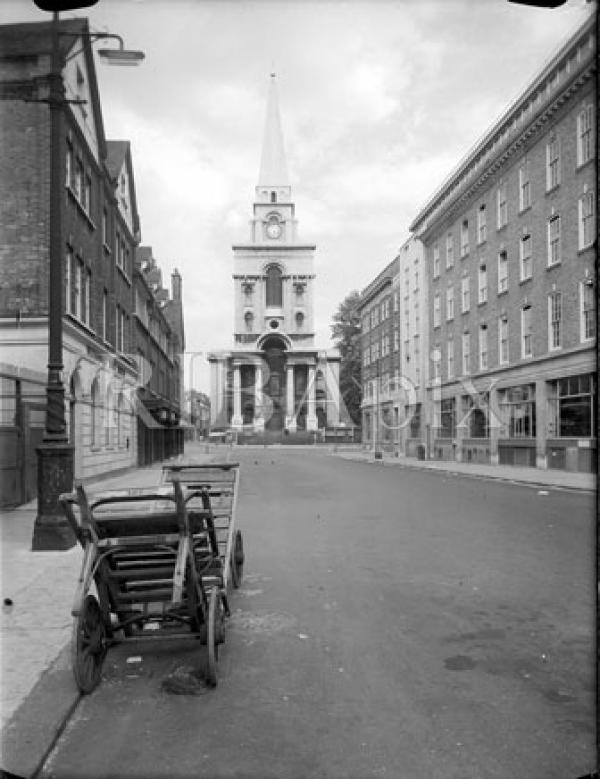
Back then, the area near where the market stands today used to be a prosperous and green manufacturing district housing individual and small groups of silk weavers, amongst them the celebrated English textile designer, Anna Maria Garthwaite (the Coco Chanel of Georgian England).
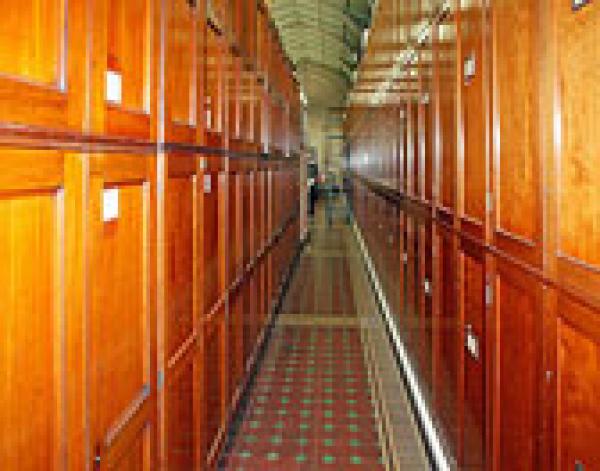
This cottage industry of weavers produced a large proportion of the silk dresses we examined in the V&A’s textiles and dress store. And since we were going to be looking at dresses all day, we also paid a visit to the V&A’s ‘95 store’, which is where the museum keeps all the men’s fashion.
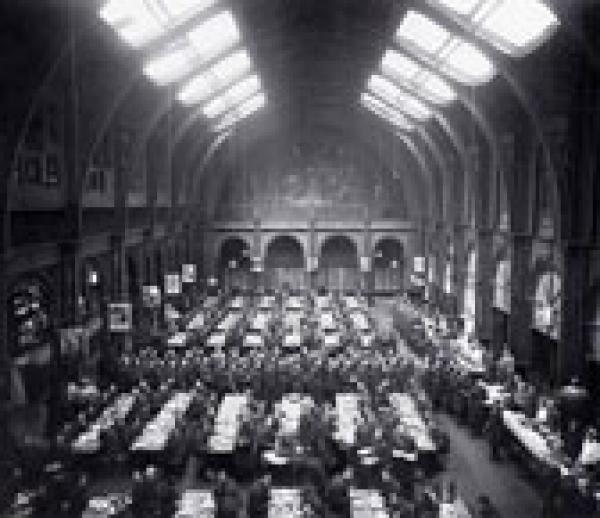
We learned about – but did not see – their latest acquisition: a £35,000 dressing gown that features fabric decorated with soldiers and lusty women. We also learned about a forgotten great hall within the museum, which was used as a RAF canteen during the Second World War.
Then we were pointed in the direction of the Old Bailey online records were we could read about the testimonials of eighteenth century suspects put on trial for stealing items such as silk scarves.
After spitting and grunting and talking about warfare, prison, robbery and death, we felt man enough to get back to researching silk dresses.
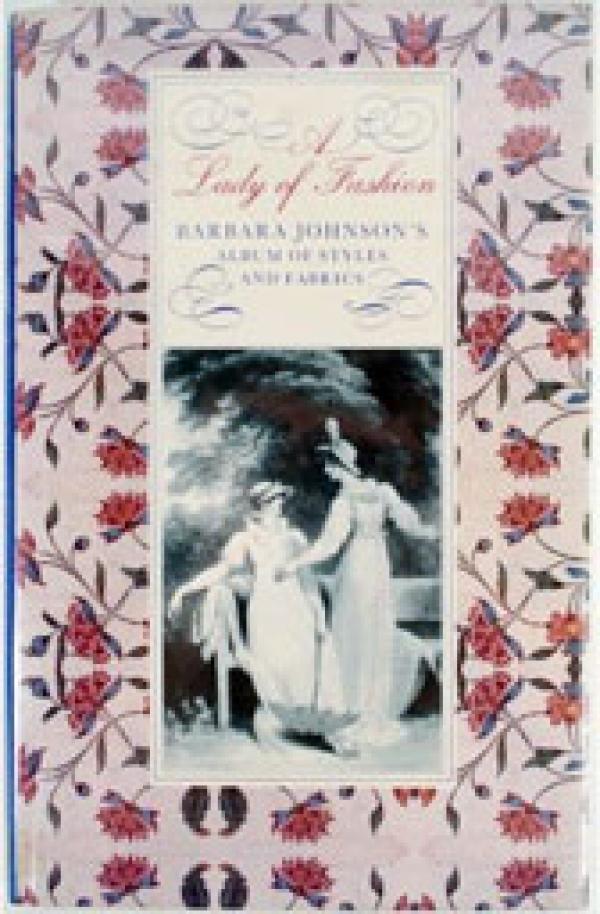
We discovered a journal in the V&A collection called ‘Albums of Fashions and Fabrics’ by an English lady called Barbara Johnson. The journal gives a personal flavour to 18th century society as well showing samples of antique fabrics and fashion plates.
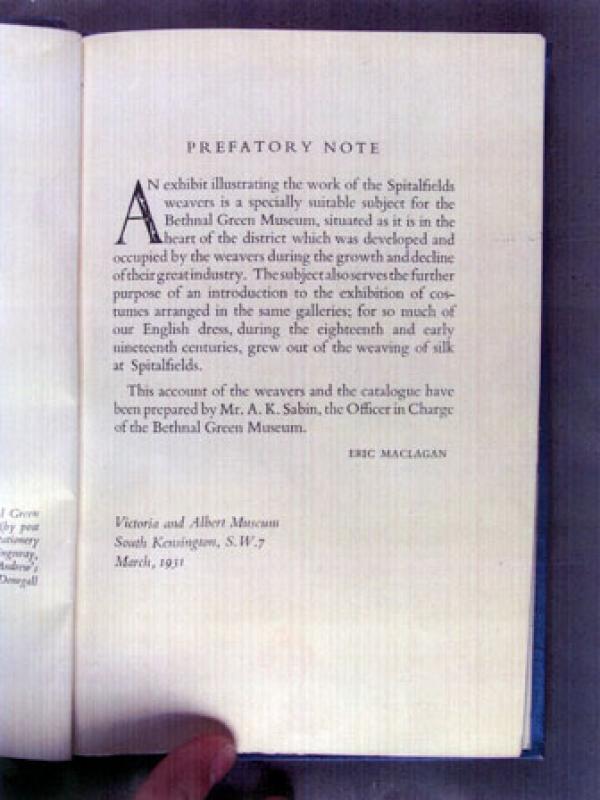
Our trawl through the RIBA and the National Art Library archives also threw up some useful books on the subject, from authors such as Natalie Rothstein and Clare Higgins. Our particular favourite was a book entitled ‘The Silk Weavers of Spitalfields and Bethnal Green’ by A.K. Sabin, which accompanied an exhibition at the Bethnal Green Museum in 1931. The book was so old and fragile that we were given the opportunity to use the special camera in the NAL to make copies.
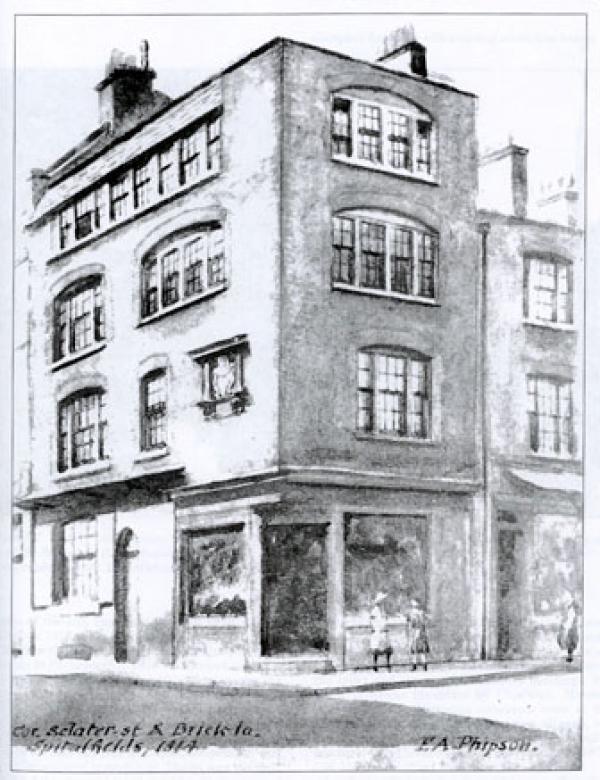
The wealth of social history we have discovered about the Spitalfields area at the height of the silk weaving industry has convinced us to explore this home working precedent in greater depth.
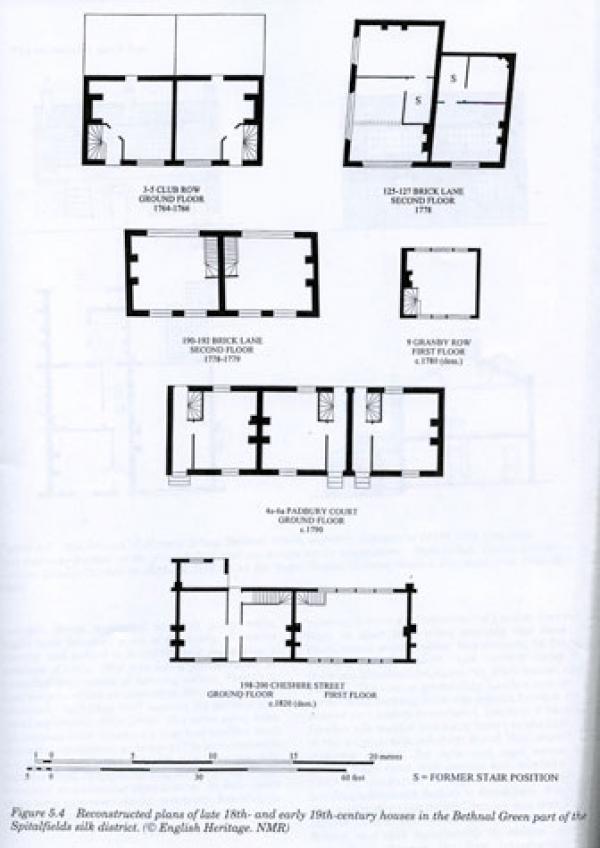
Continuing our dig around in London’s past, we had a meeting with a V&A archivist at the end of the week, and he told us some more interesting facts about the history of the museum building. For instance, female convicts laid the mosaic tiles that make up the floor close to our studio in the Sackler Centre, which brings us back to what we can tell our Aussie listeners…
Only kidding, there’s no time! We’ve got to start packing our suitcase for the trip to the Outer Hebrides with our students from London Met: toothbrush, check; deodorant, check; silk scarf, check; silk handkerchief, check; silk underpants, check; silk embroidered dress for evening wear, check; 35 grand part patriotic, part pornographic smelly old silk bathrobe for the morning after…check!